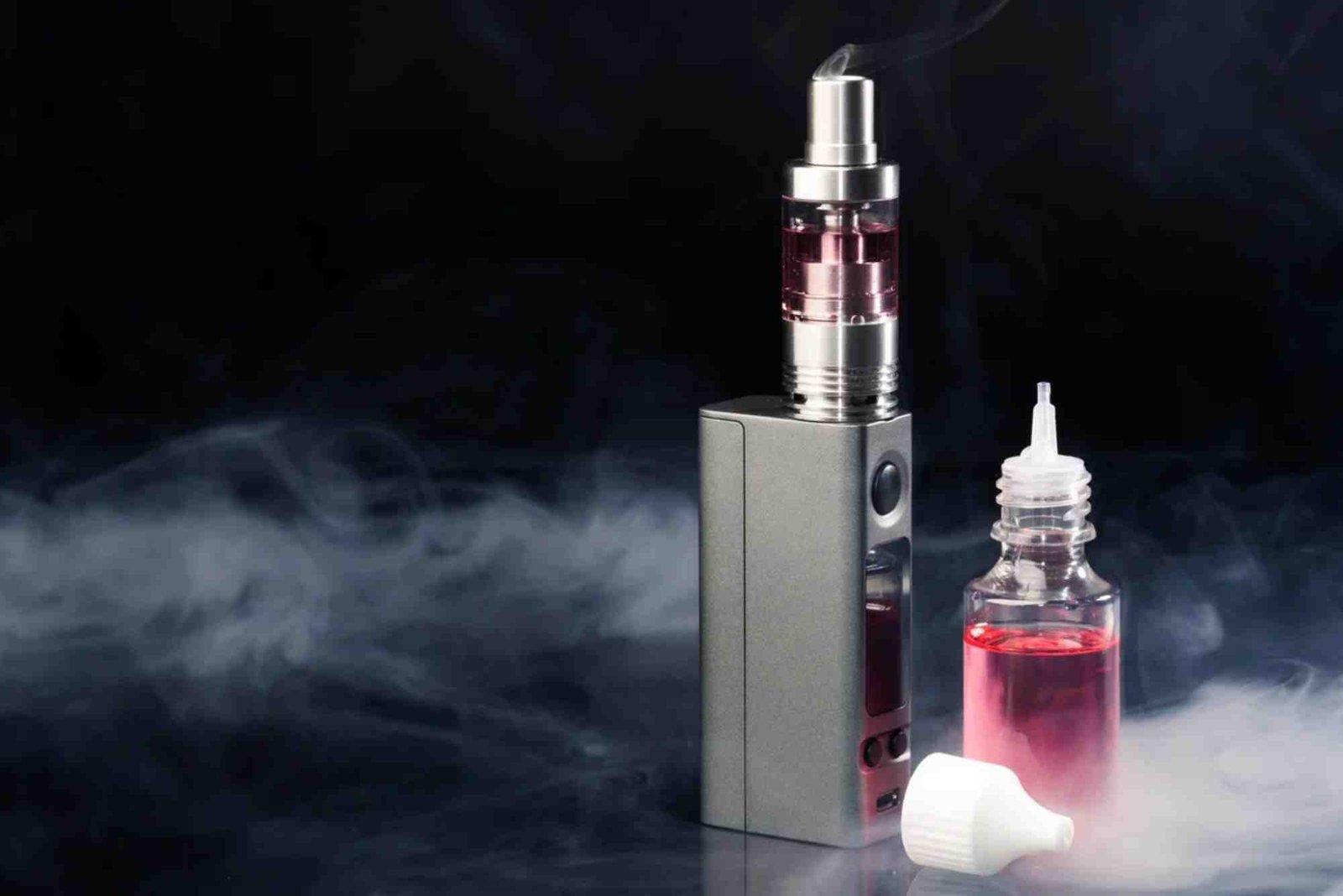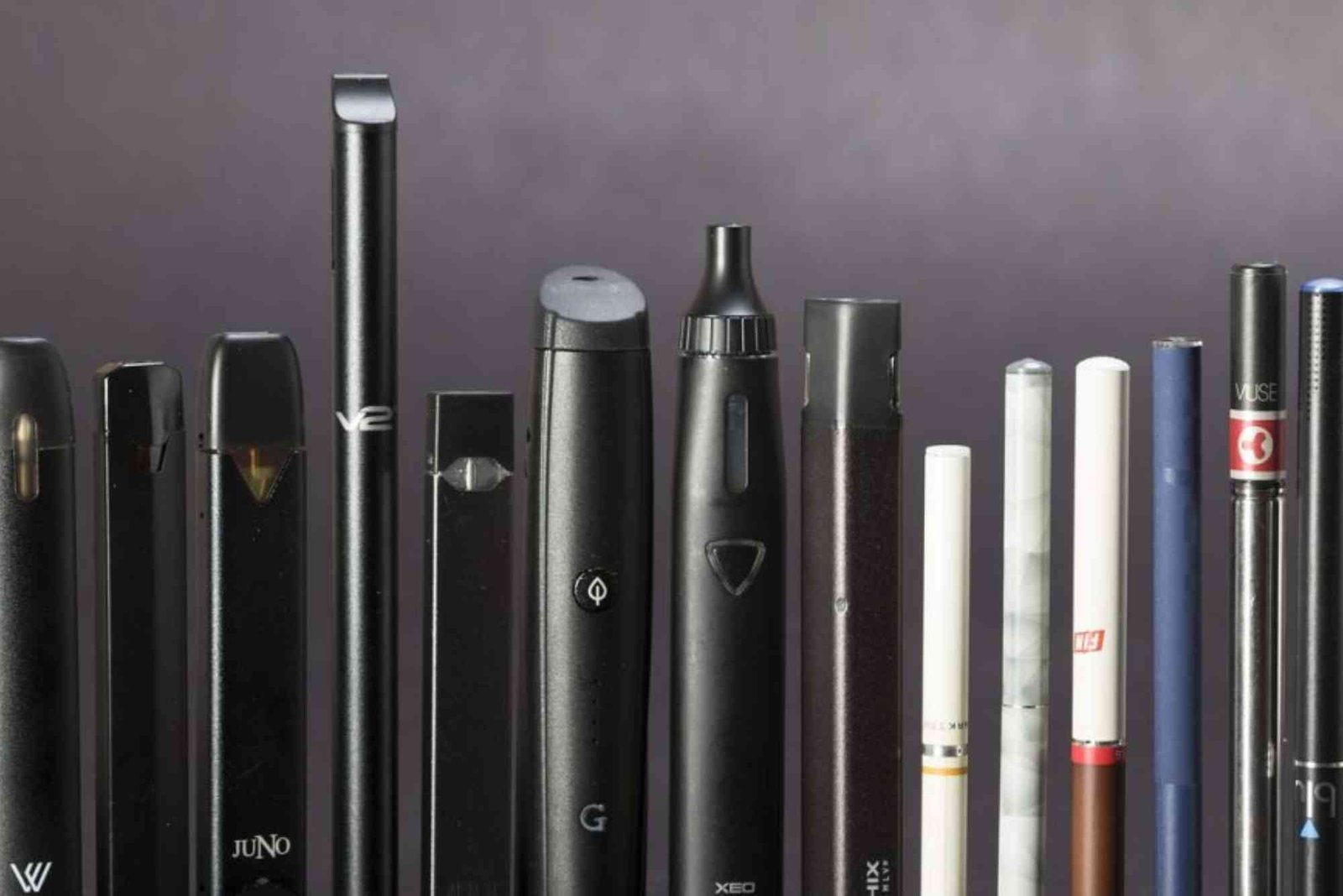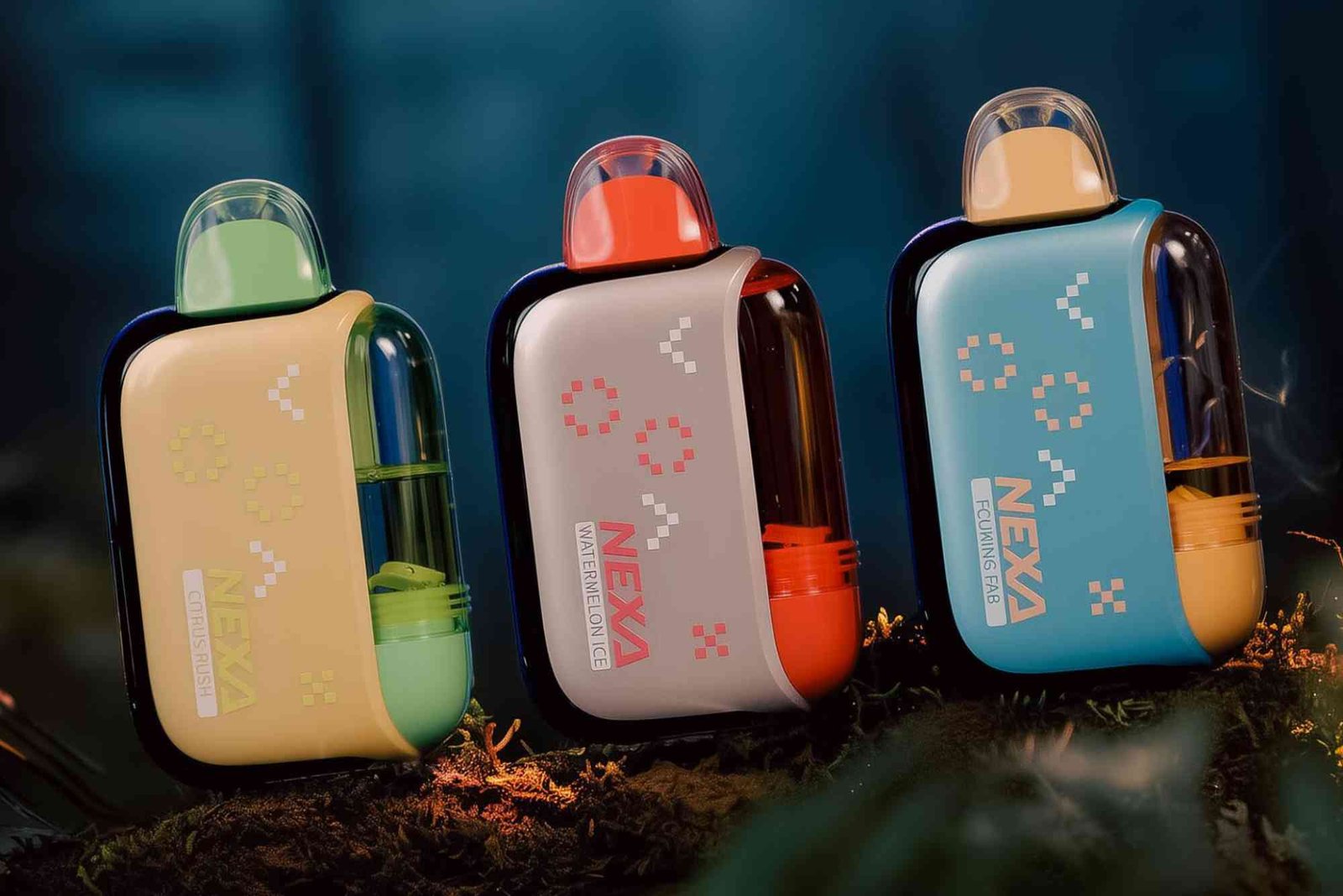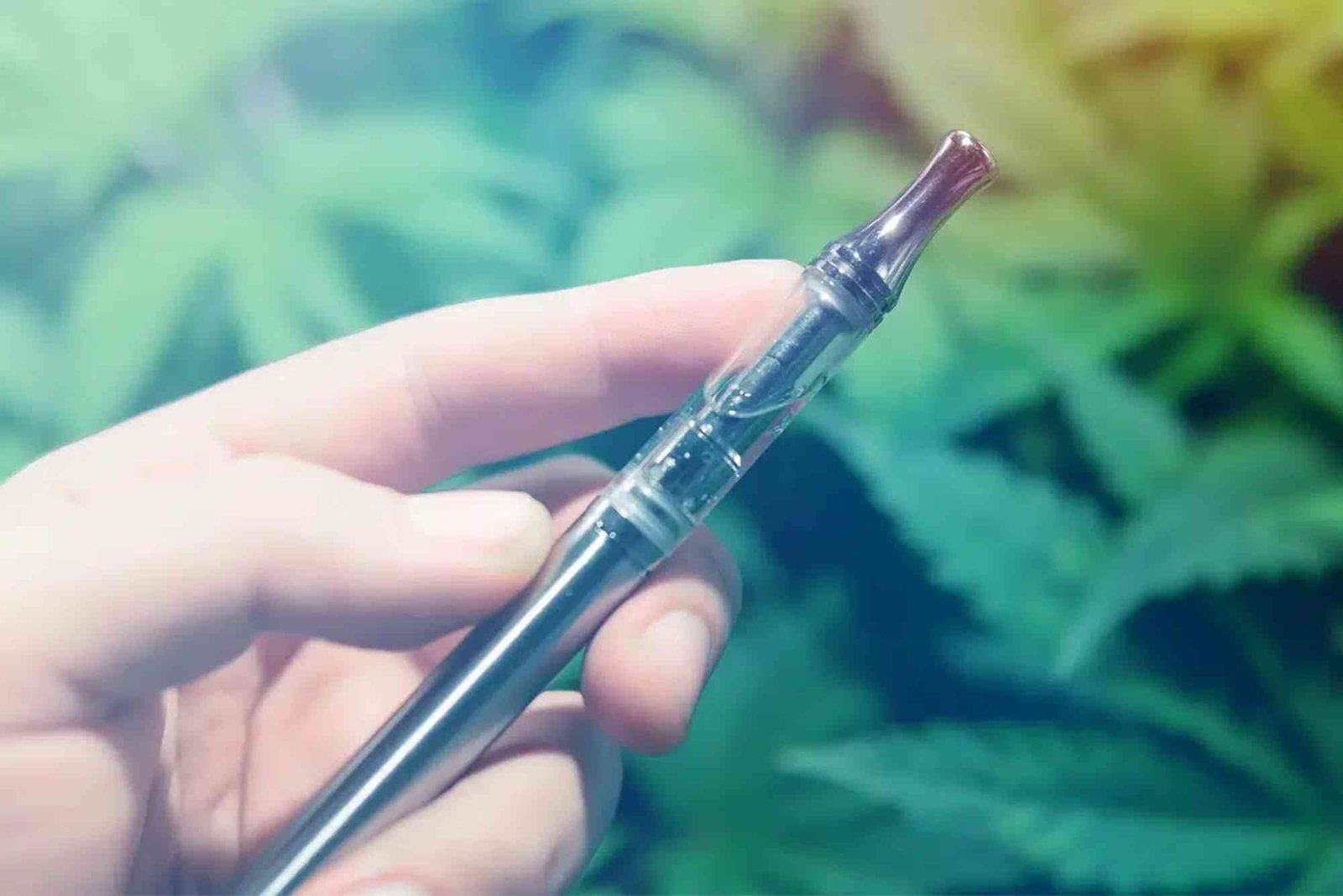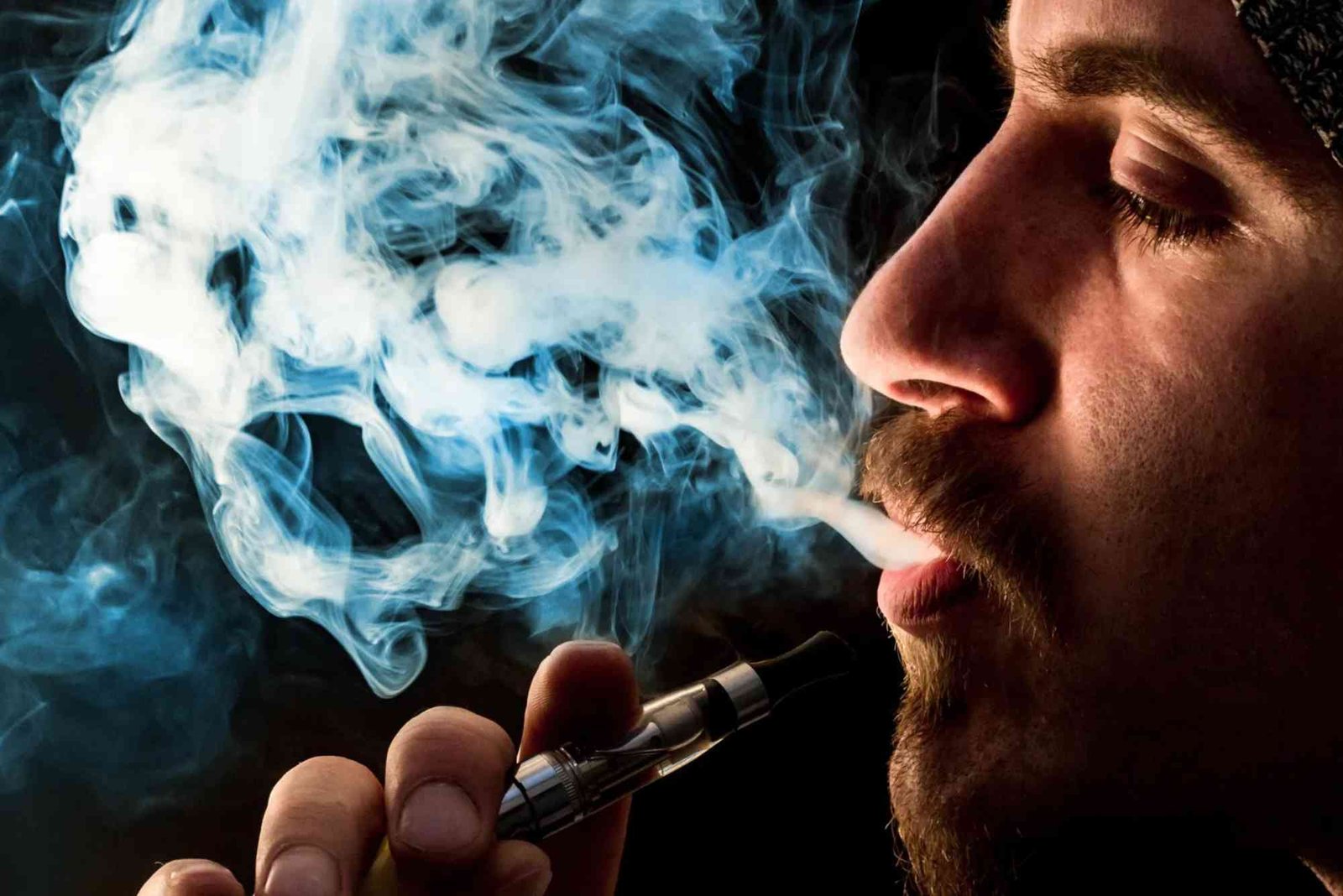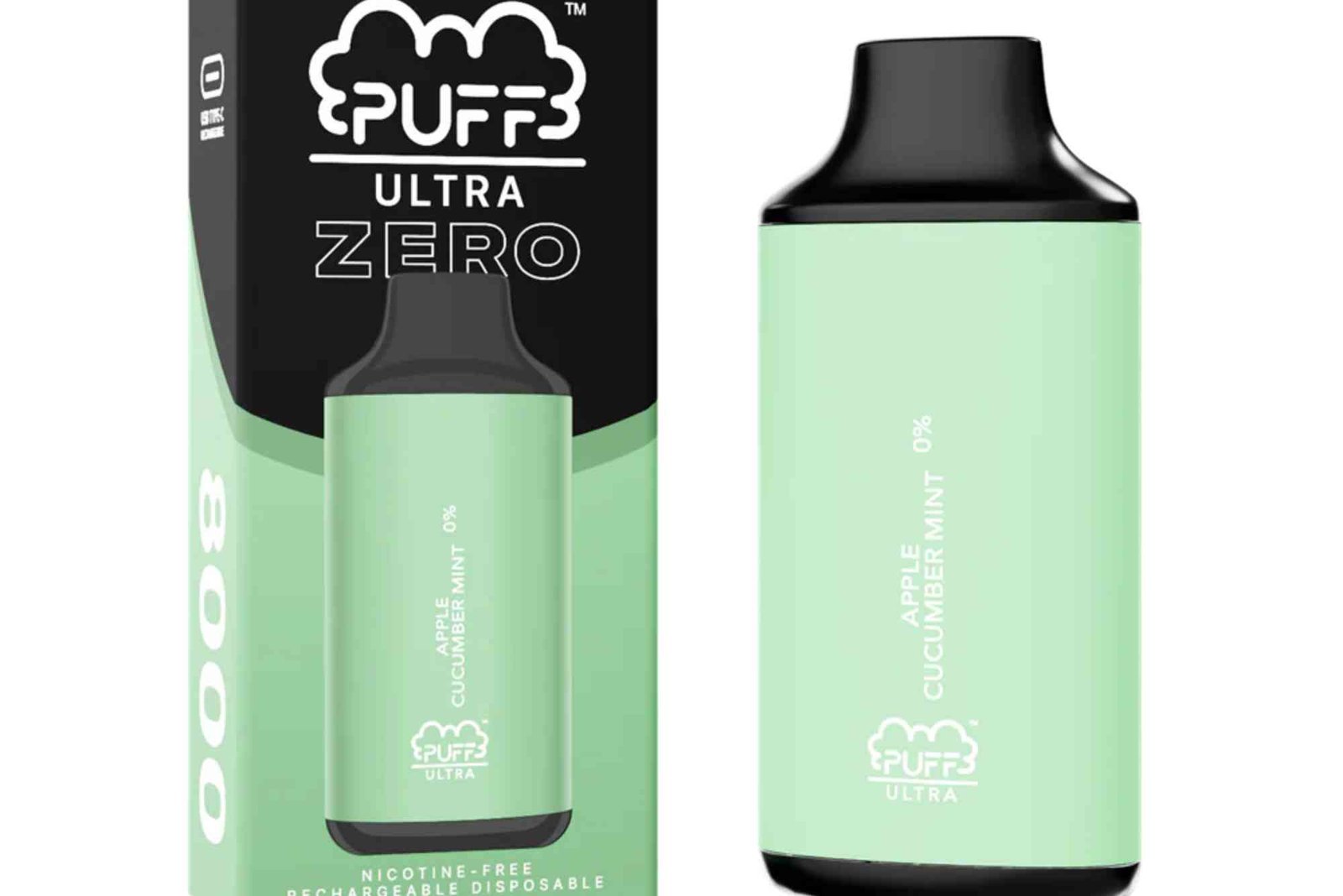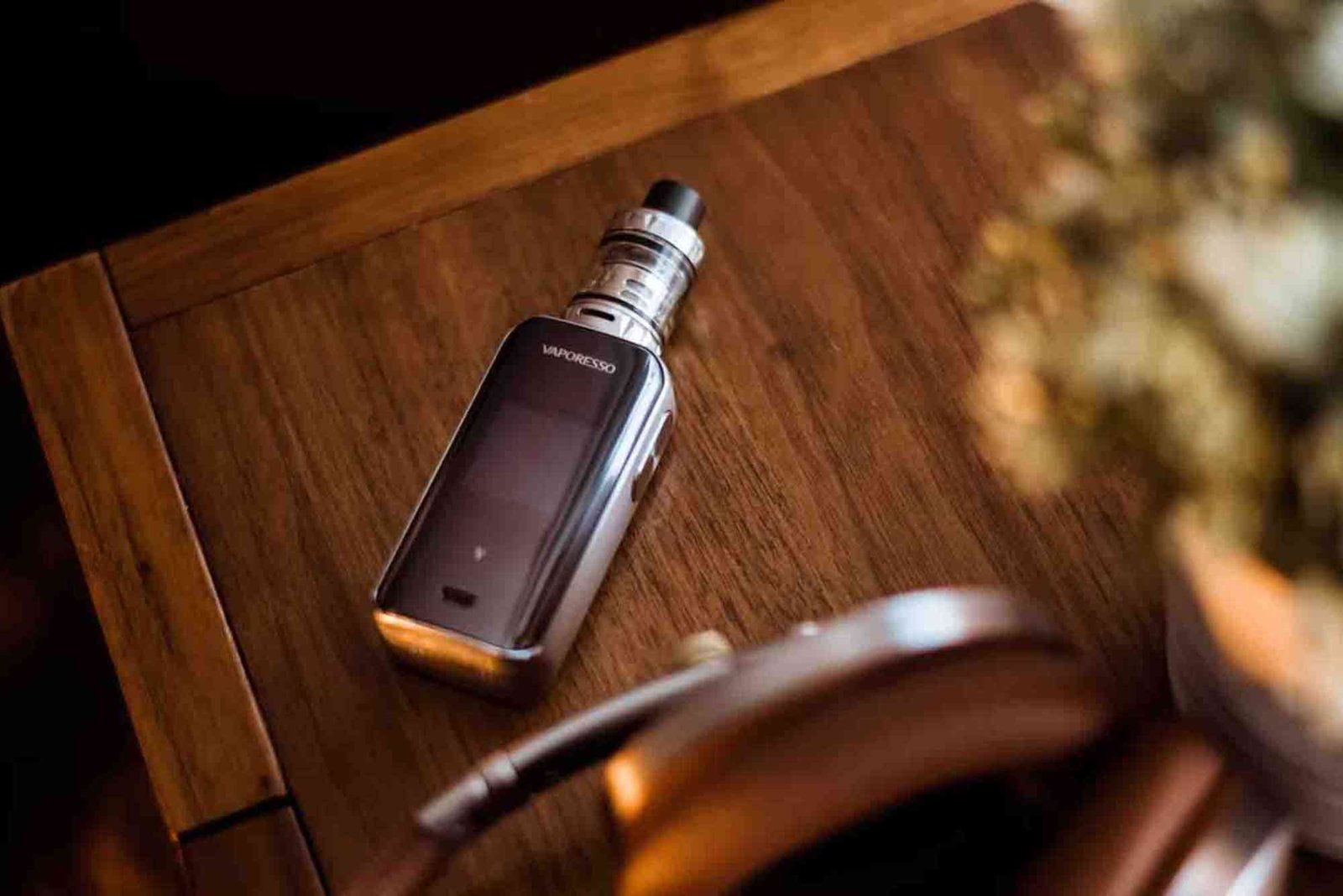The Evolution of Vaping Technology: A Brief History
Vaping has rapidly transformed from a niche hobby into a global trend. But where did it all begin? Understanding vaping history offers more than just curiosity—it provides insight into how far the industry has come and what might lie ahead. From rudimentary concepts to advanced mods, the journey of vaping is a fascinating one.
The Origins of Vaping
Early Concepts in Vapor Inhalation
Although modern vaping feels new, the idea of inhaling vapor is ancient. Ancient Egyptians used hot stones to vaporize herbs during rituals. Similarly, early Middle Eastern cultures employed shisha or hookah for centuries. These methods weren’t electronic, but they introduced the concept of inhaling vapor rather than smoke.
The First Electronic Vaporizer
In 1927, Joseph Robinson filed a patent for an “electric vaporizer.” However, it wasn’t commercially produced. His idea was more medicinal than recreational. Still, it marked the first step toward today’s vape devices.
Hon Lik and the First Modern Vape
The Breakthrough in China
In 2003, a Chinese pharmacist named Hon Lik revolutionized vaping. After his father died of smoking-related illness, Lik sought a safer nicotine delivery system. He developed the first successful electronic cigarette using a piezoelectric element to vaporize liquid containing nicotine.
This creation is considered the official birth of the modern vape device. His invention was introduced to the Chinese market in 2004 and soon expanded worldwide.
Early Commercial E-Cigarettes
By 2006, vaping devices entered the European and U.S. markets. These early e-cigarettes looked like traditional cigarettes and were often referred to as “cigalikes.” They were popular for their familiarity but lacked power and customization.
Vaping Devices: A Timeline of Innovation
2007–2010: First Generation Devices
These devices included disposable e-cigarettes and rechargeable models. Though widely adopted, their performance was limited. Short battery life and low vapor production were common drawbacks.
Notable milestone: Introduction of cartridge-based systems (cartomizers) combining the atomizer and liquid tank.
2010–2015: The Rise of Mods and Tanks
Vapers demanded more power, flavor, and customization. This led to the development of:
- Mechanical mods – simple metal tubes with no circuitry.
- Box mods – offered adjustable power settings.
- Clearomizers and tanks – allowed users to refill e-liquid and see their levels.
Brands like KangerTech and Innokin gained popularity during this period. Vapers started building their coils and exploring sub-ohm vaping (using coils below 1.0 ohm) for more vapor and better flavor.
2015–2018: Pod Systems and Nicotine Salts
A major turning point in vaping history came with the introduction of pod-based systems. Compact and easy to use, these devices used pods filled with nicotine salt e-liquids, which delivered higher nicotine levels with smoother throat hits.
Popular devices: JUUL and Suorin
These products appealed to new users, especially smokers looking to quit. However, they also sparked regulatory concerns due to their appeal among teenagers.
2018–2023: Smart Features and Customization
Technology continued to evolve. Today’s vaping devices offer:
- Temperature control
- Bluetooth connectivity
- OLED displays
- App integration
- Leak-proof pods
Devices like the Vaporesso Luxe and SMOK Nord series combine aesthetics with performance. The focus shifted from just functionality to personalized experiences, longer battery life, and health-conscious materials.
Health Concerns and Regulatory Milestones
Initial Perceptions and Scientific Studies
Initially, vaping was seen as a healthier alternative to smoking. Public Health England even reported in 2015 that vaping is 95% less harmful than smoking. However, growing concerns about long-term health effects and youth usage prompted deeper investigations.
Key Regulatory Actions
- 2016: FDA classifies e-cigarettes as tobacco products, initiating federal oversight in the U.S.
- 2019: EVALI outbreak linked to vitamin E acetate in black-market THC vapes causes panic.
- 2020–2023: Many regions ban flavored products and enforce stricter labeling and age restrictions.
Governments now balance between supporting adult smokers in quitting and preventing youth access.
The Cultural Impact of Vaping
From Subculture to Mainstream
Vaping started as a hobbyist niche but evolved into a global phenomenon. Vape expos, online forums, and YouTube reviewers helped create a passionate vaping community. Popular culture, including films and music, embraced vaping, fueling its rise.
Vape Influencers and Online Communities
Influencers on platforms like Instagram and TikTok played a major role in shaping trends. Tutorials, reviews, and “vape tricks” videos attracted millions of views and helped users learn more about the technology.
What’s Next for Vaping Technology?
Sustainable Vaping
Eco-conscious consumers are now demanding biodegradable pods, recyclable batteries, and e-liquids with cleaner ingredients. Brands are starting to focus on reducing electronic waste and adopting more sustainable production.
AI and Smart Monitoring
The future may include AI-based vaping devices that monitor puff count, nicotine intake, and health metrics. Features like haptic feedback and safety alerts could become standard, ensuring users don’t overuse or risk battery failures.
Pharmaceutical-Grade Devices
Researchers are also exploring vaping as a delivery mechanism for medications beyond nicotine. Inhalable vitamins or therapies for chronic conditions could become viable applications of vape technology.
FAQs: People Also Ask
When was vaping first invented?
The concept dates back to ancient times, but the first modern e-cigarette was created in 2003 by Hon Lik in China.
Who made the first vape?
Chinese pharmacist Hon Lik developed the first commercially viable vape device after his father died from smoking-related illness.
What was vaping originally used for?
While the modern vape was designed as a smoking alternative, earlier vaporizing methods were used for herbs in cultural and medicinal practices.
How has vaping changed over the years?
Vaping evolved from simple cigalikes to advanced, customizable devices with digital features, improved safety, and higher performance.
Is vaping safer than smoking?
Many studies suggest vaping is less harmful than smoking, but it’s not completely risk-free. Long-term effects are still being studied.
Reflecting on Vaping History
The story of vaping history is one of innovation, controversy, and rapid change. From its ancient roots to today’s sleek devices, vaping technology continues to evolve. Whether you’re a casual user, hobbyist, or health advocate, understanding this journey helps you make informed choices.
As technology advances, vaping is likely to play an even bigger role in public health, personal wellness, and even medicine.
Ready to explore the latest in vape technology?
Stay informed, stay safe, and always choose quality over trends.

